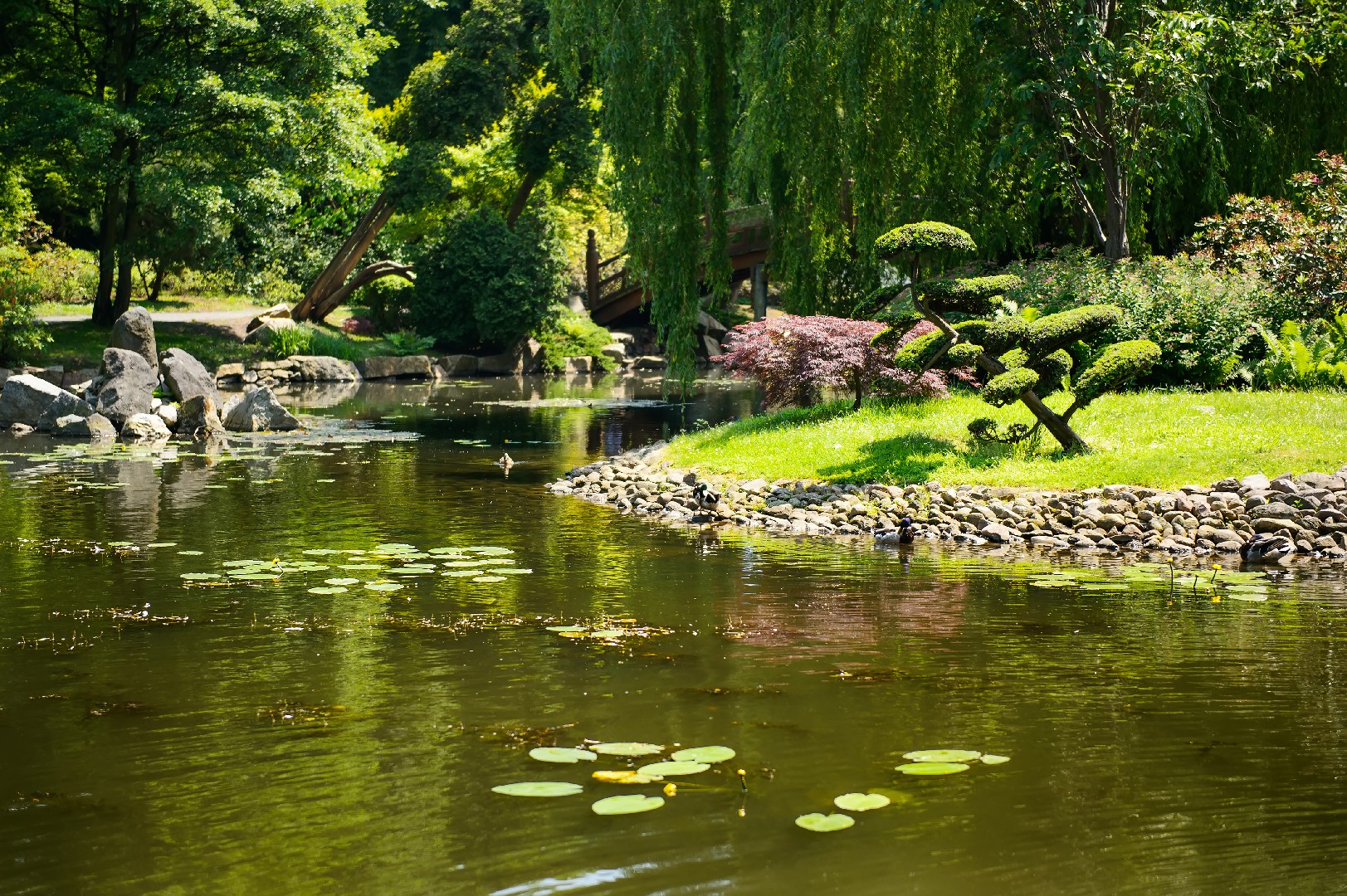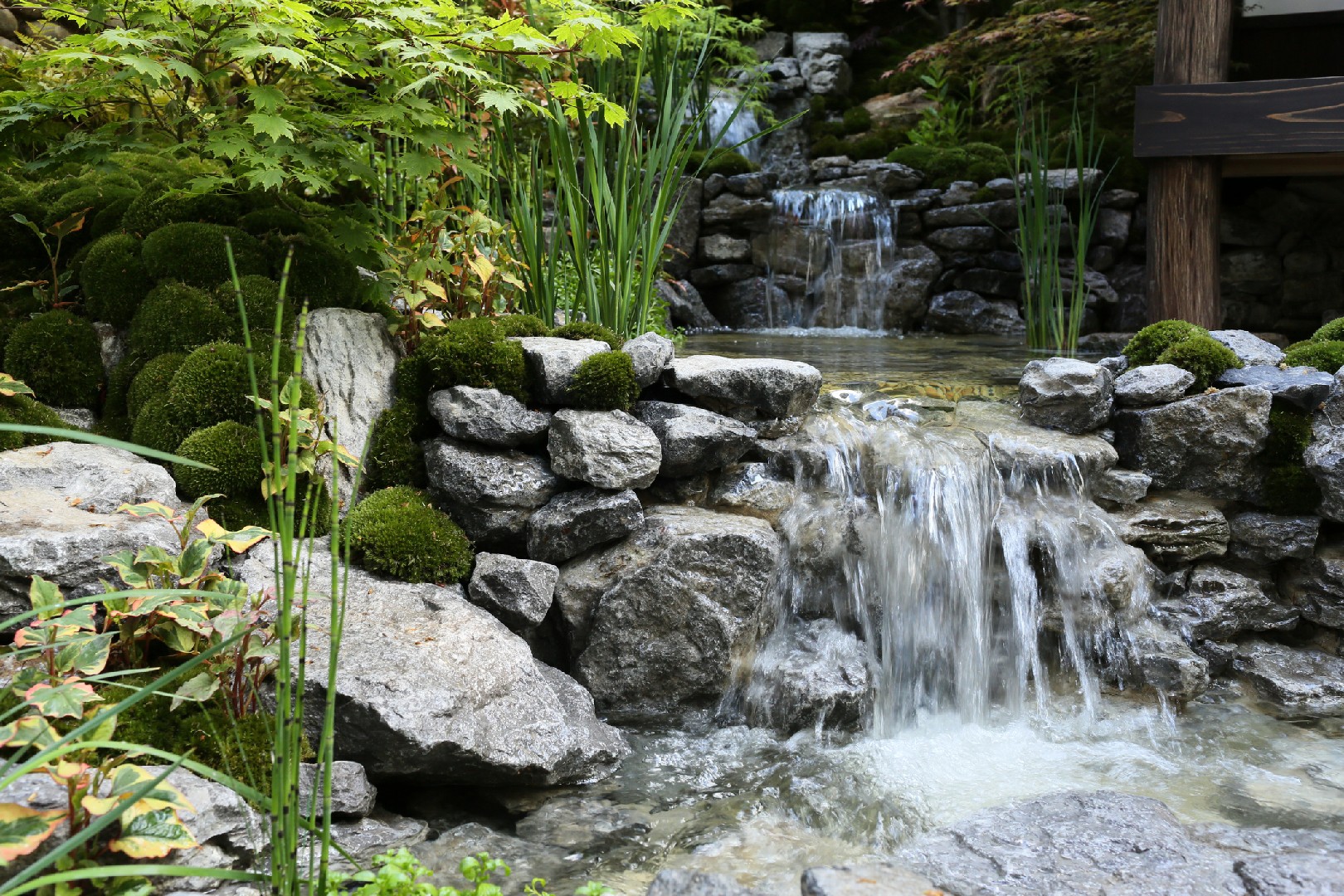![Rectangle]()
The Bubbling Origins: Early Water Features and Inspirations
Water features have been an integral part of garden design since ancient times, with civilizations across the world incorporating them into their landscapes. This section explores the origins of water features in garden design and highlights specific examples from ancient Egypt, Mesopotamia, and Persia, shedding light on their unique significance and purpose.
In ancient Egypt, water features were not only decorative but also had a religious and symbolic significance. The Egyptians believed that water was a source of life and rebirth, and it played a vital role in their religious ceremonies. Ponds and canals were designed in a way that allowed water to flow freely, representing the continuous cycle of life and fertility. The famous Gardens of Amun at Karnak Temple are a prime example of early water features in ancient Egypt. These gardens had a complex system of pools, canals, and fountains that were not only aesthetically pleasing but also served as a place for spiritual cleansing and rituals.
Mesopotamia, known as the cradle of civilization, also had a rich history of incorporating water features into their garden designs. The Hanging Gardens of Babylon, one of the Seven Wonders of the Ancient World, were renowned for their impressive use of water. These tiered gardens featured terraces with trees, shrubs, and flowers, which were irrigated by a complex network of canals and pumps. The cascading water created a mesmerizing visual effect and provided a cool and refreshing atmosphere in the arid region.
In ancient Persia, water features had both aesthetic and practical purposes. The Persian gardens were designed to reflect the harmony between humans and nature, and water played a central role in achieving this balance. The gardens incorporated water channels, pools, and fountains, creating a tranquil environment that offered respite from the scorching heat. Water was also used for irrigation, ensuring the lushness and fertility of the gardens. The gardens of Pasargadae and the Fin Garden in Kashan are prime examples of Persian garden design, where water features were meticulously incorporated to enhance the overall beauty and functionality.
Throughout history, the design elements of water features have evolved, influenced by cultural, technological, and artistic factors. What started as simple ponds and canals have transformed into elaborate systems of fountains, waterfalls, and intricate water sculptures. Advancements in engineering and hydraulics have allowed for more complex and grand water features, giving garden designers endless possibilities to create stunning landscapes.
If you are considering incorporating a water feature into your garden, take inspiration from these early civilizations. Think about the purpose you want the water feature to serve, whether it is to create a calming ambiance, attract wildlife, or simply add an interesting focal point. Consider the size and scale of your garden, as well as the maintenance requirements of different types of water features. Do thorough research and consult with experts to ensure that your water feature aligns with the overall theme and design of your garden.
In conclusion, understanding the origins of water features in garden design provides valuable insights into the significance and purpose they hold. By delving into the early examples from ancient Egypt, Mesopotamia, and Persia, we can appreciate the mastery and innovation of these ancient civilizations. Moreover, we can learn from their design principles and incorporate them into our own gardens, creating harmonious and captivating spaces that stand the test of time.





